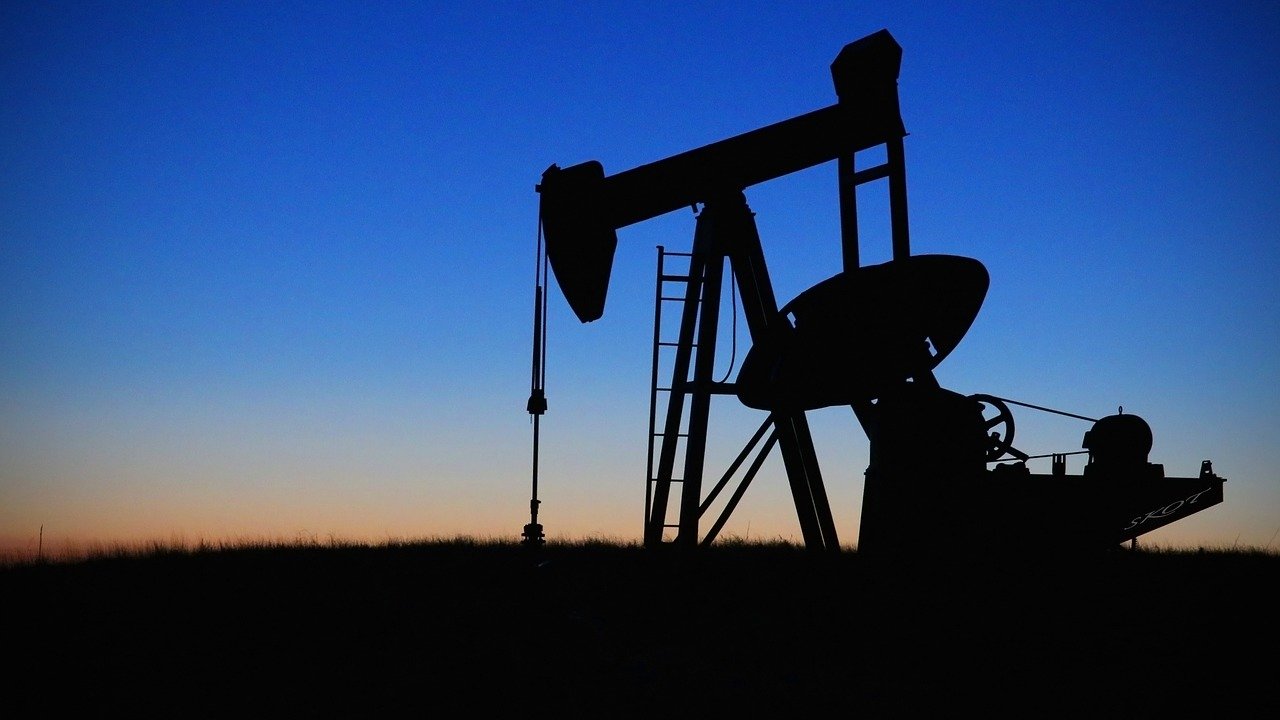On March 8, President Joe Biden signed an Executive Order banning imports of Russian gas, coal and oil to the U.S., making it the first country in the current alliance against Putin to do so. While a trade stop especially on Russian natural gas could spell problems for Europe in the long run, explaining the hesitation of countries like Germany to follow suit, other nations have less to fear when it comes to oil shortages as our chart shows.
Saudi Arabia, for example, was not only the biggest exporter of crude oil in 2020 with a market share of 17 percent, but it also has the second-biggest oil reserves in the world with 298 billion barrels. This is topped only by Venezuela, which boasts reserves of 304 billion barrels but isn’t traditionally known as a big exporter of this commodity. Most of the other countries on the list are though: Canada, for example, had the third-largest oil reserves in 2020 with 168 billion barrels and a ten percent share while also generating $48 billion with exports in the same year, making it the sixth-largest oil exporter worldwide. Of course, there’s a downside to a complete ban of Russian oil imports, which would strengthen the dependency of importing countries on gulf states like Saudia Arabia and Kuwait, Iran and Iraq.
Biden’s move is seen as largely symbolic by energy industry experts. U.S. imports of crude oil from Russia, for example, only made up eight percent of total imports of that specific commodity in 2021, and the United States produced 33.5 trillion cubic feet of natural gas against imports of 2.5 trillion cubic feet in 2020. This latest sectoral embargo by a Western nation-state arrives on the heels of an unprecedented rise in sanctions against Russian individuals and entities after the events following February 22. As of now, Russia is the most-sanctioned country in the world with 5,581 sanctions enacted against Russian citizens and companies.
You will find more infographics at Statista
Ask me anything
Explore related questions






